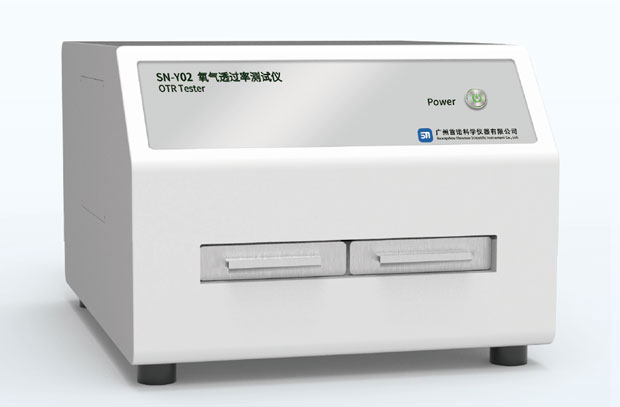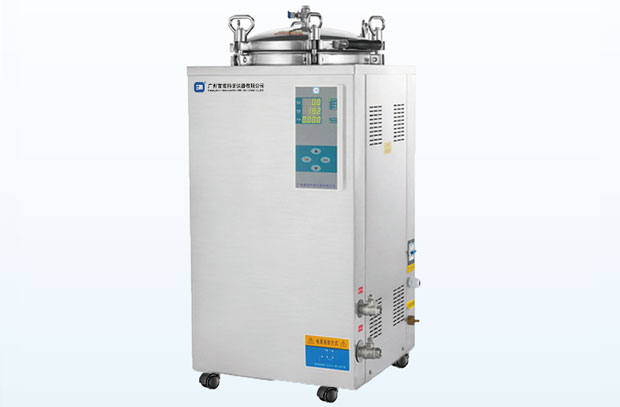In the packaging industry, especially in high-value sectors such as food, pharmaceuticals, and electronics, the barrier properties of packaging materials are crucial in determining product shelf life and quality. Oxygen permeability (OTR) is a core indicator for measuring the oxygen barrier capacity of packaging. Accurate and efficient measurement of this indicator has become a primary concern for packaging manufacturers and quality control departments. Currently, the mainstream testing methods are mainly divided into two types: differential pressure method and coulometric method. The latter, due to its superior accuracy and reliability, is increasingly becoming the preferred choice for high-end testing.
Differential pressure method and coulometric method: Differences in principle determine their application fields
The differential pressure method, a classic technique, works by creating a stable pressure difference across the test membrane. Oxygen permeates through the sample under this pressure difference, and the oxygen permeability is calculated by monitoring the pressure change on the lower pressure side. This method has a long history and wide application, and is suitable for testing conventional packaging materials. However, its limitations are also quite apparent: it actually measures the total permeation of a mixed gas (such as nitrogen and oxygen in air) and then performs the calculation. This means that the test results are easily affected by environmental factors, temperature, and non-oxygen gases, and the data may not be accurate enough when testing high-barrier materials or when extremely high precision is required.

Compared to the differential pressure method, the coulometric method (also known as the coulometric method) represents a more advanced and precise technological direction. The core of this method lies in the use of a high-performance oxygen sensor. During testing, the sample isolates the test chamber into two parts: high-purity nitrogen flows on one side of the sample, and oxygen flows on the other. When oxygen molecules permeate the sample, they are immediately carried by the flowing nitrogen to the coulometric sensor for reaction. This sensor can accurately and specifically detect oxygen molecules and generate an electrical signal proportional to the oxygen concentration. By accurately calculating the amount of charge, the oxygen permeability of the material can be directly obtained. Throughout the process, the coulometric method eliminates interference from non-oxygen gases, achieving a direct and absolute measurement of oxygen permeability, resulting in extremely accurate and reliable data.
Why is the coulometric method a better solution for high-precision detection?
The advantages of the coulometric oxygen transmission rate tester are multifaceted. First and foremost, it boasts exceptional precision and specificity . It responds only to oxygen molecules, making it far superior to the differential pressure method when testing high-barrier materials with extremely low transmission rates (such as aluminum foil composite films, EVOH co-extruded films, and solar backsheets). Secondly, it offers a wider testing range , seamlessly covering a broad spectrum from ordinary plastic films to extremely high-barrier materials, providing a unified and reliable standard for enterprise R&D and quality control. Finally, based on its operating principle, the coulometric method typically offers higher testing efficiency and more intelligent and convenient operation, aligning with the trend towards automation and intelligence in modern laboratories.
Therefore, for companies that pursue zero product defects and are committed to improving packaging quality, choosing an oxygen permeability analyzer based on the coulometric method is undoubtedly an important investment in building a solid quality defense line.
Solutia Instruments: Leading the way with coulometric technology, setting a new benchmark for oxygen permeability analyzers
Having deeply understood the market's urgent need for accurate testing, Solutia Instruments, leveraging its strong technological foundation, launched its new generation coulometric oxygen permeability analyzer —the Solutia Oxygen Transmission Rate Tester SN-Y02. This instrument represents the culmination of advanced coulometric technology and is specifically designed to meet the demands of high-end, stringent packaging barrier testing.

The SN-Y02 employs a highly sensitive coulomb detection sensor, ensuring unparalleled accuracy and repeatability of test results. Whether dealing with conventional packaging materials or extremely challenging barrier materials, it provides stable and reliable data support. Its user-friendly interface and intelligent testing process significantly lower the operational threshold and improve testing efficiency. At the same time, the instrument's superior stability and durability ensure that companies can continuously obtain a high return on investment in the long term.
As a high-performance packaging oxygen permeability tester , the Solutia SN-Y02 is widely used in food packaging, pharmaceutical packaging, electronic component packaging, new energy materials and scientific research quality inspection, etc. It is a powerful assistant to help companies control raw material quality, optimize packaging structure and verify product shelf life.
In conclusion, in the selection of oxygen permeation analyzers , the coulometric method, with its direct, accurate, and efficient characteristics, has become the industry's technological benchmark. The Solutia Instruments SN-Y02 model is an outstanding product of this technological philosophy. We believe that choosing Solutia means choosing precision and reliability. We welcome inquiries from industry colleagues; let's work together to safeguard your product packaging with accurate data.










